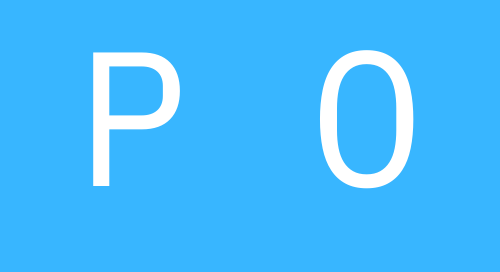When working in new product development there are often two big drivers that determine why your project exists.
Market Pull: The market wants the product or solution you are developing
Technology Push: You or your team see a problem in the market that exists and are developing a technology or product to solve it before anyone else
The first driver I think about is the market pulling a product into development. A company or business allows the market to decide what products they develop. This reactionary approach is typical of resource constrained companies. Market driven companies can utilize the demand they are hearing from their current or potential customers to forecast demand, understand the total addressable market, and get the voice of the customer to dictate how the product functions.
This low risk approach might not require a lot of innovation, but it does require a lot of visibility into the current market. The product that might get developed to solve this problem that the market is clamoring for might already exist somewhere else in the form of a patent. It’s also likely that the manufacturing capacity to make the product being developed exists already either internally or at a contract manufacturer so the time to commercialize can often be achieved in under five years.
The Technology Push is where a scientist or engineer has developed a technology that might solve a big problem that exists in the world and is non-obvious. This is an anticipatory approach and it’s where many start-ups exist. The best example that comes to mind right now in the polymer chemistry space are companies Apeel and Mori. Both companies are looking to use biobased polymers to create super thin coatings for food that reduce spoilage and both are utilizing “waste” biomass to make their coatings.
For Apeel and Mori the existing problem within the market was food spoilage. As far as I know no one was clamoring for super thin water and gas barrier films to be applied to food to stop food spoilage. Both companies are working on technology driven solutions to pernicious problems that exist within the market. The risk is significant for both companies, but if they can profitably scale their businesses they will have a large market to expand into with very little competition.
Regulatory Forces
Both Technology and Market driving forces also have to contend with regulatory shifts from governments and international regulations. As policy shifts both from local and federal governments the chemical industry has to adapt and this could mean phasing out certain chemicals or changing the additives. These regulatory shifts can be slow, but can have real power in changing how the chemical industry does business and non-compliance could mean no business.
Alignment
Sometimes I see alignment of both a technology push and a market pull, which may be facilitated by a regulatory change. These scenarios create an urgent need for a solution and the first solution to market has pricing power. The blowing agent switch from hexanes to hydrofluoro-olefins comes to mind for polyurethane foams as an example. Solstice and Opteon I think are great examples of a technology pushing into a new market due to a market pull created by a regulatory change.
What types of projects are you working on?



